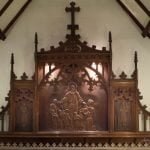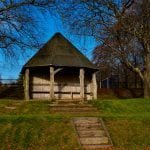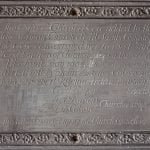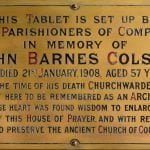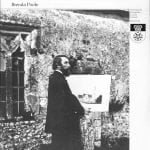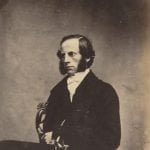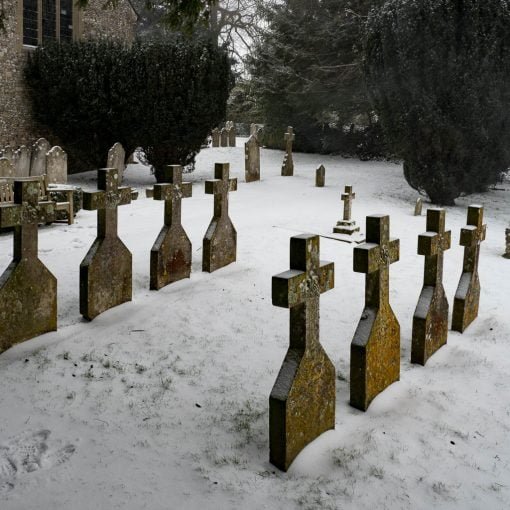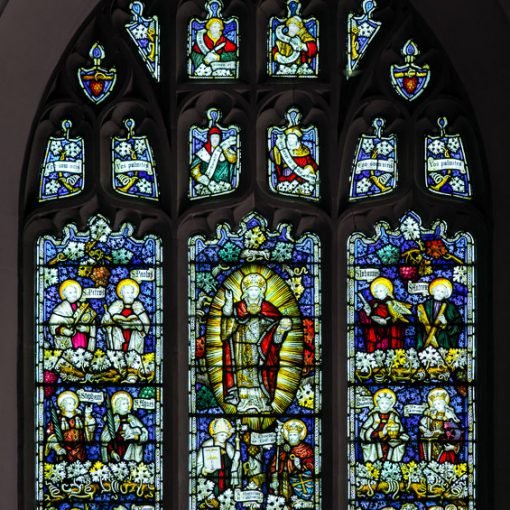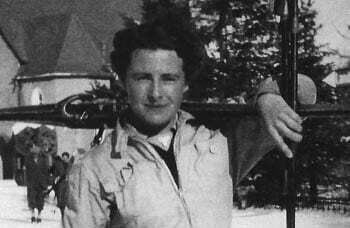Table of Contents
Two Local architects and their Dads
The Architects
Two local architects gave their services to the 1905 extension of Compton Church:
- Cathedral architect John Barnes Colson, and
- George Herbert Kitchin, who created the Grade II* listed Arts and Crafts garden at Compton End.
- Compton End – the 17C farmhouse restored c1910 by G H Kitchin in Arts & Crafts style, now Grade II* listed along with its garden, also Grade II* listed.
- Twyford Chapel reredos by GH Kitchin 1895
- “The Beehive” created c1920 by GH Kitchin as a thatched shelter for watching sports on Twyford School playing fields.
- Pewter plaque commemorating the consecration of the 1905 extension to All Saints Compton.
- Brass memorial in Compton Church to John Barnes Colson, Architect and Churchwarden.
The Twyford School archivist records that
Herbert Kitchin was an accomplished artist and architect who, being the son of the Rev G W Kitchin formed a fruitful relationship with Twyford School over many years. Amongst his main work for the School were the improvements he made to the 1869 school chapel, which had been built by his father’s successor, Latham Wickham. These comprised the reredos and the dormer windows on the south side of the chapel (1895); the addition of the stage in Upper School (1913); the addition of a small classroom to the east of the stage (early 1920s) – note the Georgian style window which Kitchin had first fitted on the north side of the stage; the fine WW1 memorial library to the south of Upper School (1923); and the thatched shelter on the playing fields (1920s).
Wikipedia states, in its entry for Rev G.W.Kitchin, that
George Herbert Kitchin (1865-1951) was a prolific architect, especially in Hampshire, as well as being a botanist and garden architect.
Wikipedia
In his section on the beginning of the 20th century, Whitaker writes
The church was still the unifying influence in the life of the village. It had changed little in outward appearance since it was built about 1150, but its single nave was no longer big enough for the growing population once Shawford had begun to expand. One suggestion was to build a new church on the western end of the Down, near Shepherds Lane; fortunately this was abandoned in favour of the present plan, the addition of a second nave to produce the harmonious building we have today. The enterprise owed most to the energy of the rector, the Revd. Cecil Cooper, and the imagination of two Compton architects, Mr. J. B. Colson and Mr. Herbert Kitchin, who gave their services free. The conversion was completed in the astonishingly short time of May to November 1905, and was paid for by the parishioners.
We would be happy to hear from anyone who has information about the Colsons or the Kitchins, or would be willing to contribute to or comment on this article.
Their Fathers
Each architect had a more eminent father.
- John Colson: a Hampshire Architect of the Victorian Age HCC pamphlet
- George William Kitchin by Lewis Carroll (Charles Lutwidge Dodgson) albumen print, Summer 1859 NPG P7(14) © National Portrait Gallery, London Reproduced by permission under the Creative Commons Attribution-NonCommercial-NoDerivs 3.0 Unported (CC BY-NC-ND 3.0) Licence detailed at http://creativecommons.org/licenses/by-nc-nd/3.0/
- Memorial in Winchester Cathedral to Dean George William Kitchin
John Colson senior was architectural surveyor to Winchester Cathedral. His obituary mentioned some of the 120 churches, many in Hampshire, that he built or restored. He is the subject of a Hampshire County Council booklet titled “John Colson – A Hampshire Architect of the Victorian Age”. His eldest son, John Barnes Colson, joined the firm aged 15, became a partner in 1877. After the death of his father in 1895, John Barnes Colson went into partnership with Farrow and Nisbett. He also succeeded his father as Winchester Cathedral’s architectural surveyor.
In 1886 John Colson had purchased, for £10,000 from the Dean and Chapter, 10 acres of Shawford Down which would become “The Island”. Brenda Poole (reference 6 below) writes that “it was to be a continuous source of work for J.B.Colson and his partners”. J.B.Colson built Redlayne House where he lived with his family for 17 years until his death in 1908.
Kitchin’s father, George William Kitchin, took a double first in Classics and Mathematics at Oxford, where he taught Mathematics for a while. He was head of Twyford Prep School (1854-1861), Dean of Winchester (1883-1894) and then Dean of Durham (1894-1912).
While at Winchester, he masterminded the restoration of the “Great Screen”, the mediaeval reredos behind the High Altar whose statues had been defaced during the Reformation.
At Durham Cathedral, the Dean and Chapter were then the governing body of Durham University, so as Dean he was the Warden (head) of the university. In 1895 the University awarded its first degree to a woman. In 1908 it restructured its constitution to have its own Chancellor and Vice-Chancellor. Dr Kitchin was appointed as the University’s first Chancellor, a post he held until his death in 1912.
References
- Compton near Winchester – being an Enquiry into the History of a Hampshire Parish; J S Drew, published 1939 by Warren and Sons, Winchester
- Compton & Shawford, by Austin Whitaker, ©1985, Published by Barbara Large & Austin Whitaker
- Historic England Compton End Grade II* listing
- Kitchin, George William (1827-1912) Oxford Dictionary of National Biography https://doi.org/10.1093/ref:odnb/34342
- Twyford School, History of the School
- John Colson – A Hampshire Architect of the Victorian Age by Brenda Poole (2000).
This paper is an account of the life and work of Hampshire architect John Colson. Born in Southampton in 1820, John Colson worked in Winchester from 1845 until his death there in 1895. His practice was mainly concerned with the design and restoration of churches, parish schools and parsonage houses and he is thought to have built 20 churches, including Stockbridge, Shedfield, Hedge End and Lockerley. He was also for nearly 40 years architectural surveyor to the Dean and Chapter of Winchester Cathedral. - John Colson: the Southampton works of a Winchester architect, 1850-78 Richard Preston (Southampton Local History Centre Occasional Papers, no.4, June 2011 ).
- The Victorian Web: Winchester Cathedral, Victorian restoration under the Cathedral’s architectural surveyor, John Colson (1820-1895)
- All Saints Compton Extension 1905 (this website)


